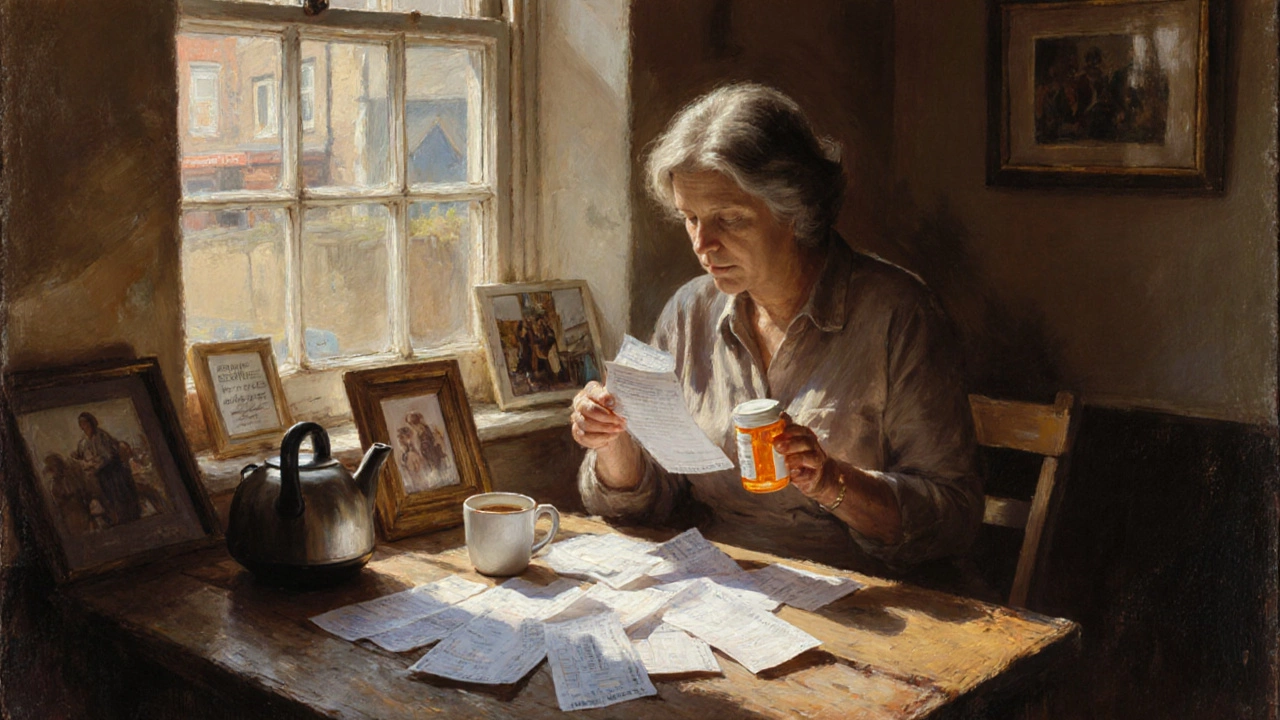Medication Affordability: How to Keep Prescription Costs Down
Prescription bills can feel like a surprise every month, especially when you’re already budgeting for rent, food, and bills. The good news is that you don’t have to accept sky‑high prices as normal. With a few smart moves, you can lower your medication spend without compromising your health.
Understanding the Real Cost of Medicines
First, know where the price comes from. Pharmacies add a markup to the wholesale price, and manufacturers set the base cost based on research, development, and market demand. In the UK, the NHS negotiates many rates, but private prescriptions and some specialist drugs sit outside that system, leaving you to cover the full price.
It also helps to look at the dosage and packaging. A 30‑day supply in a pill bottle might cost more than a 90‑day supply in a blister pack. Smaller packs often have a higher per‑tablet cost, so buying in bulk (when safe) can shave off a noticeable chunk.
Practical Ways to Save on Prescriptions
1. Check the NHS Prescription Prepayment Certificate (PPC). If you take several regular meds, the annual PPC can be cheaper than paying per item. It works like a subscription—pay once, get unlimited prescriptions for a year.
2. Ask for a generic version. Generic drugs have the same active ingredient but cost far less. Most doctors are happy to switch if a brand name isn’t essential for your condition.
3. Use a pharmacy price‑comparison tool. Some online services list the cheapest local pharmacies for each medication. Even a few pounds difference adds up over time.
4. Look for patient assistance programs. Certain manufacturers offer discounts or free supplies for people who meet income criteria. It’s worth a quick call to the drug’s customer service line.
5. Consider mail‑order or online pharmacies. They often have lower overhead and can offer discounts for repeat orders. Make sure the service is reputable and NHS‑approved.
6. Combine appointments. If you need multiple prescriptions, ask your GP to batch them into one visit. This reduces the number of repeat prescriptions you have to fill.
7. Review your medication list regularly. Some drugs become unnecessary as your condition improves. A periodic check with your doctor can drop unneeded items and lower costs.
8. Utilise community health clinics. Some clinics offer free or low‑cost medications for chronic conditions, especially for low‑income patients.
9. Ask about split‑dose packs. If you only need a half‑dose, some pharmacies can split tablets safely, halving the price you pay.
Remember, the cheapest option isn’t always the best if it compromises efficacy. Always discuss changes with your GP or pharmacist before swapping medications.
By staying informed and using the tools at your disposal, you can turn medication affordability from a worry into a manageable part of your health routine. The next time you pick up a prescription, take a minute to see if any of these tips apply—you might be surprised how much you can save.
When Patients Can't Afford Their Medications: Solutions & Strategies
Explore why prescriptions get pricey, who suffers most, and practical steps-like generics, assistance programs, and policy changes-to help patients afford their medications.
Read More
